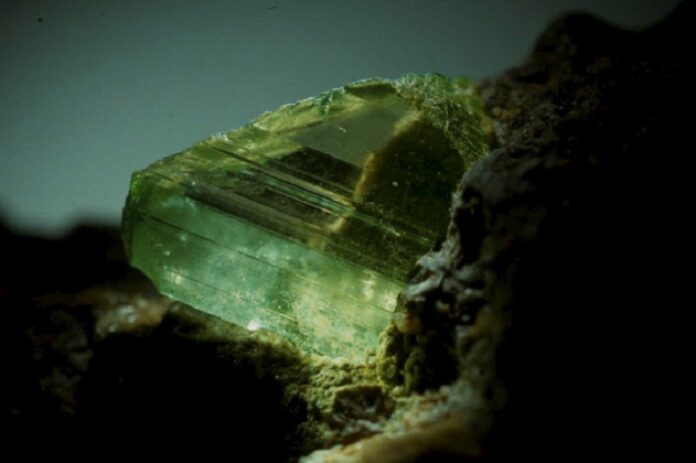Geologists have made a breakthrough discovery that is saving time and money for diamond prospectors.
They’ve established a link between the chemical composition of olivine, a mineral that makes up around half of kimberlite rock, and the likelihood that the kimberlite will be diamond-bearing.
Andrea Giuliani, senior scientist at ETH Zurich’s Institute of Geochemistry and Petrology, in Switzerland, has been studying the formation and occurrence of diamonds since 2015 (when he was at the University of Melbourne) and has analysed countless samples of kimberlite (many provided by De Beers).
Olivine contains varying proportions of magnesium and iron. Giuliani and his research team found that olivine with a higher magnesium content was likely to indicate the presence of diamonds. And vice versa, if it had a higher iron content.
“In rock samples where the olivine was very rich in iron, there were no diamonds or only very few,” he said in a press release issued by ETH Zurich. “We started to collect more samples and data, and we always got the same result.”
He approached De Beers with his findings and the company is now using olivine analysis in its diamond prospecting.
It is as reliable as current methods, mainly based on the minerals clinopyroxene and garnet, but faster and easier to carry out.
“The great thing about this new method is not only that it’s simpler, but also that it finally allows us understand why the previous methods worked,” said Giuliani. “De Beers is already using this new method.”
His findings have been published in the journal Nature, in an article entitled Diamond preservation in the lithospheric mantle recorded by olivine in kimberlites.
Disclaimer: This information has been collected through secondary research and TJM Media Pvt Ltd. is not responsible for any errors in the same.




























